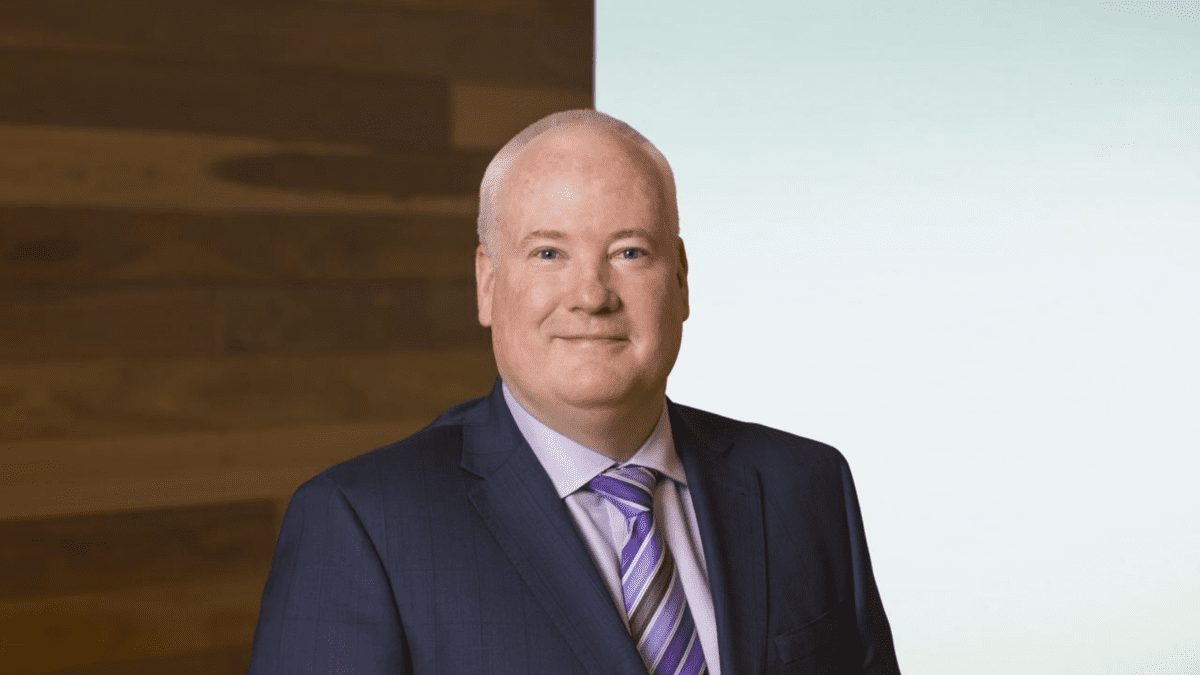Small gains, but more change needed for the new YFYS
Changes to the Your Future, Your Super (YFYS) performance test announced last Friday will see a small handful of benchmarks retained or changed in order to prevent “unintended consequences” as the government fine tunes the test before it runs again in August. Jonathan Grigg, director of investments at WTW, says that while Treasury was never going to make wholesale changes the updates are “pretty sensible”.
In fixed income, the Bloomberg Ausbond Composite 0+ Yr index will be retained, which a number of funds had said was more representative of their fixed income allocations; international credit will now use the Bloomberg Global Aggregate Corporate Index, which contains more investment grade rather than high yield credit; and Australian and international listed infrastructure allocations will now be benchmarked against the FTSE Developed Core Infrastructure 50/50 100% Hedged to AUD Net Tax (Super) Index, which Grigg says is less heavily weighted to the United States and to economically-sensitive assets.
The test will now also be extended to trustee-directed products (TDPs) in a move that will likely see a significant number of new funds fail the test. Grigg said that WTW’s preference would have been “to avoid TDPs” and that there was a trade-off between protecting members and “putting too many restrictions on funds and limiting how much risk they’re willing to take”.
“The way that the test has been constructed, you could certainly still improve the test but there’s a strong argument around MySuper options that you want to protect the members, because they haven’t necessarily made a choice to pick that fund,” Grigg says. “They’re not necessarily engaged, and they aren’t necessarily taking into account whether their fund is performing well or not.
“When you get into non-MySuper options, you want funds to have the ability to do things a bit differently and potentially take different types of risk… It potentially stifles innovation in that part of the market and stifles choice for those members who are more actively engaged.”
Financial services minister Stephen Jones has also plotted more changes, with the current slate just what was possible to get across the line before the test runs again. While many commentators have their own idea of the ‘perfect’ YFYS – AustralianSuper has called for funds to be measured against a “universal industry benchmark“, while others want the addition of a risk-adjusted metric – Grigg notes that if YFYS forces enough consolidation it might be possible to create a more representative test for the funds that remain.
But while that might be easier from an implementation perspective, there’s nothing stopping government and regulators from creating a more sophisticated test today, and that’s what Frontier Advisors is holding out for.
“The industry’s feedback on YFYS since it was first announced has always been that they support the idea of a performance test but this is the wrong one,” says David Carruthers (pictured), principal consultant at Frontier Advisors. “And fine tuning it really is just fine tuning something that wasn’t right in the first place.”
“It’s small gains, moving from eight years to 10 years makes sense. Really minor changes around getting the fixed income indices right are generally positive but they’re really at the margin. We’re looking forward to the more wholesale review that was mentioned… We want to make sure that actually happens rather than just getting mentioned.”
Frontier has advocated for one of two options for a better test: a more sophisticated multi-metric assessment that they concede will be harder for members to interpret, and a less sophisticated test with lesser consequences for failure, potentially with funds having to explain their performance to the regulator to avoid being closed. But the extension of the test to TDPs is a net positive, Carruthers says.
“They’ve implemented a test on the best-performing funds and to extend that out into TDPs is eminently sensible because they were seen to be worse performing than MySuper. I don’t think the test is any better or worse for TDPs; the problem with the test is that it’s an implementation test, not a member outcomes test. Change the test on MySuper, and change the test on TDPs.”










